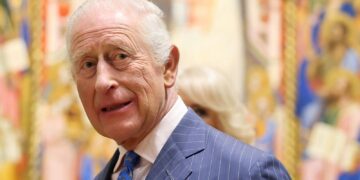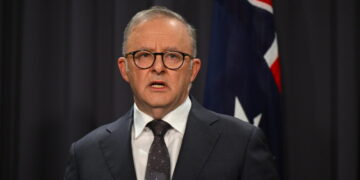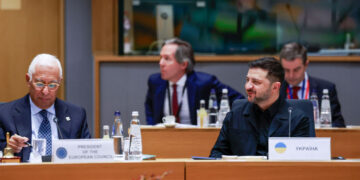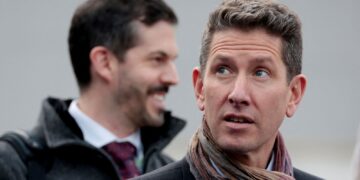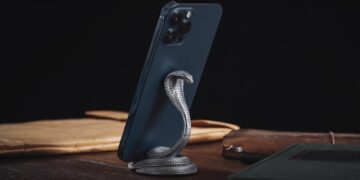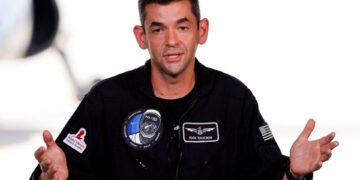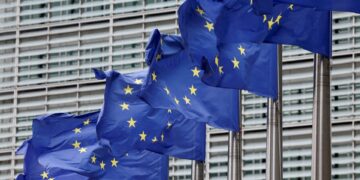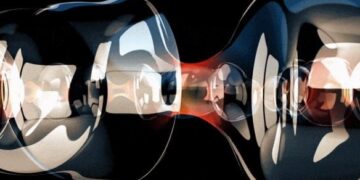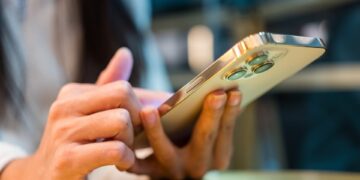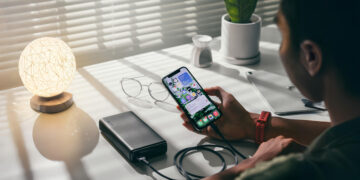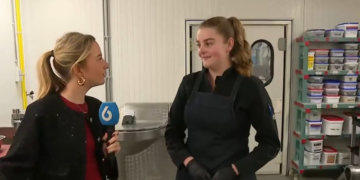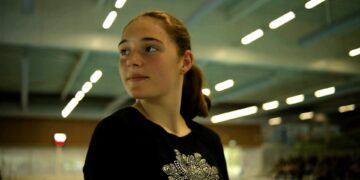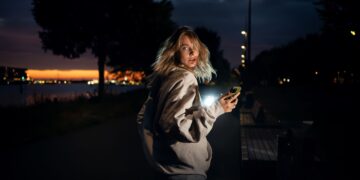A humanoid robot has recently surprised art enthusiasts by painting a portrait of King Charles. The robot, known as AI, was programmed to replicate the style of the famous artist, Sir Joshua Reynolds, who painted the original portrait of King Charles in the 18th century.
The process of creating the painting involved AI analyzing thousands of images of Reynolds’ work to understand his unique brush strokes and techniques. Using this information, the robot was able to recreate a stunning portrait of King Charles that closely resembled the original.
Many people were impressed by the robot’s ability to capture the essence of Reynolds’ style in the painting. Some even went as far as to say that AI’s work was indistinguishable from that of the renowned artist.
This achievement has sparked a debate about the role of AI in the world of art. While some believe that AI can never truly replicate the creativity and emotion that human artists bring to their work, others argue that AI has the potential to revolutionize the art world by creating new and innovative pieces.
The portrait of King Charles painted by AI has raised questions about the future of art and the impact of technology on creativity. Will AI eventually replace human artists, or will it simply serve as a tool to enhance their work?
Regardless of the answers to these questions, one thing is clear: AI’s ability to paint a portrait of King Charles with such precision and skill is a testament to the advancements in technology that are shaping the future of art. Whether or not the UK will have a Royal Family in the future is something that often comes up in debate.
